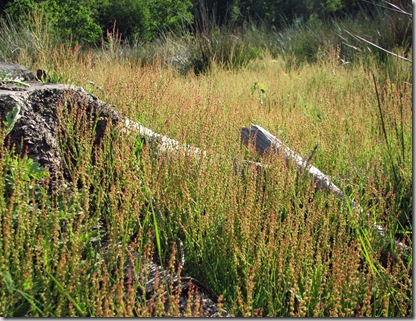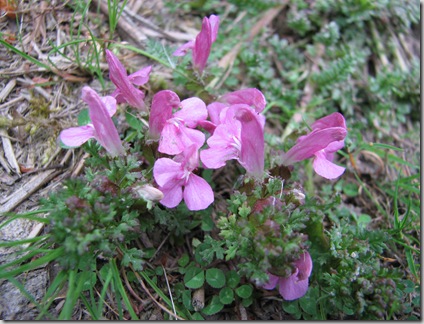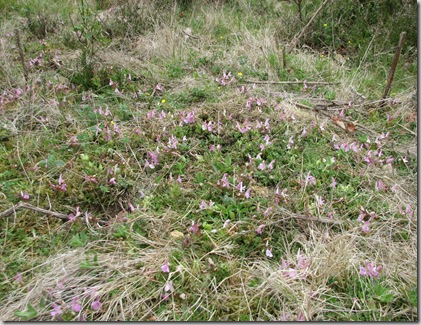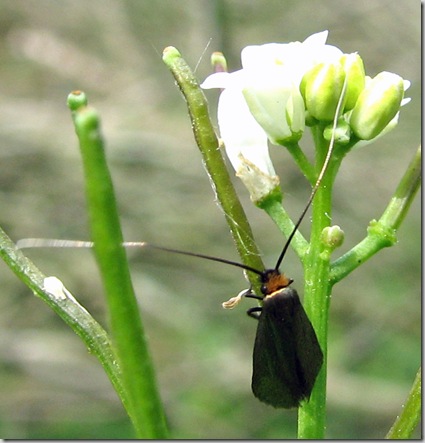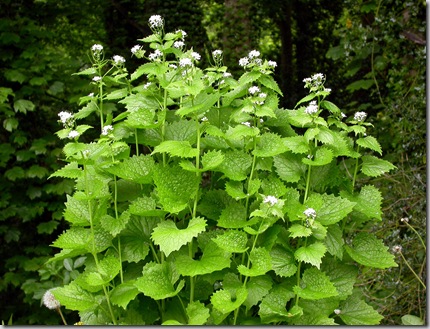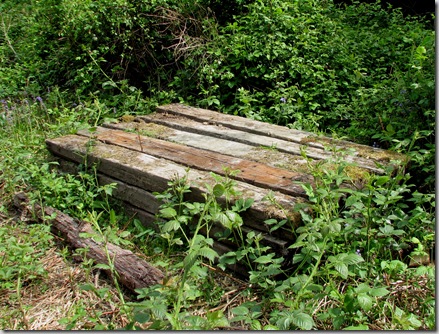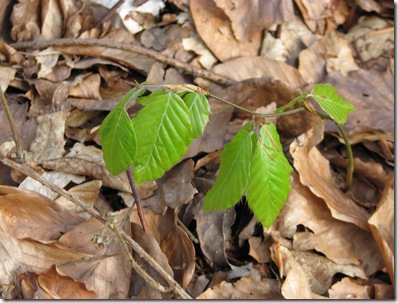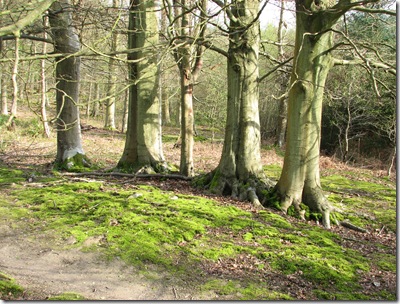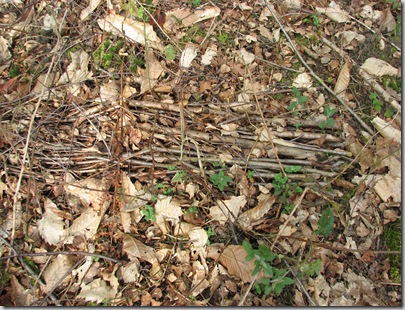There was a very jolly barbecue at the site of Brede High Farm on Bank Holiday Monday.
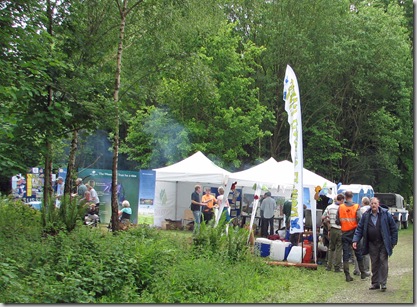
Among the various creatures that joined us were one or two examples of the rare and local alder wood-wasp (Xiphydria camelus) a species which appears not to have been recorded previously from East Sussex and with only one record from West Sussex.
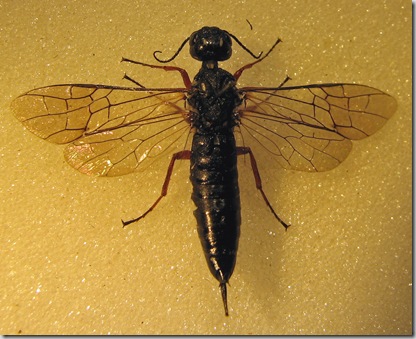
Alder wood-wasps (about the size of ordinary wasps) belong to the Xiphydriidae a very small hymenopterous family (bees, wasps, ants, sawflies etc.) and are rather remarkable creatures. The females have organs called 'mycangia' in which they carry fungal spores. They lay their eggs through the bark of recently dead branches of alder or birch and the spores create an area of decay so that the larvae have either softer timber to chew on, or fungal material.
After the eggs are laid a parasitic wasp called Aulacus striatus lays her eggs in the eggs of the alder wood-wasp using the tunnels already made by the host. The wood-wasp eggs hatch with the parasitoid, which feeds inside it on the xiphydriid larva's blood, and they grow together in a process known as 'koinobiosis'. The Aulacus grub eventually kills its host.
This is by no means the only hazard for the wood-wasps. When the larvae are almost fully developed within the branch the female of an ichneumon fly called Rhyssella approximator (aka Rhyssella curvipes) can sense where they are and can pierce the wood with her ovipositor to lay an egg which will hatch to feed inside the hapless host. But this is not the end of the story: a second species of ichneumon, Pseudorhyssa alpestris, watches the activities of R. approximator and, as she cannot drill a hole herself, forces her ovipositor down the hole left by the original parasitoid and substitutes her own egg.
There is a fourth parasitoid Xiphydriophaga meyerinckii, a small chalcid wasp that crawls down the tunnels made by the wood-wasp larvae and lays her eggs on the body of the living grub which she has paralysed by stinging it.
How did these complexities of plant and animal life evolve I wonder.
In the 1960s a pioneering nature film was made by Gerald Thompson on the activities of the alder wood-wasp and its parasites and this was an important factor in setting the BBC Natural History Unit on its present course. There are details of Thompson's life and work here: http://www.independent.co.uk/news/obituaries/gerald-thompson-642015.html
There are also details of his film online here: http://www.worldeducationalfilms.com/films/alderwoodwasp/synopsis.htm
